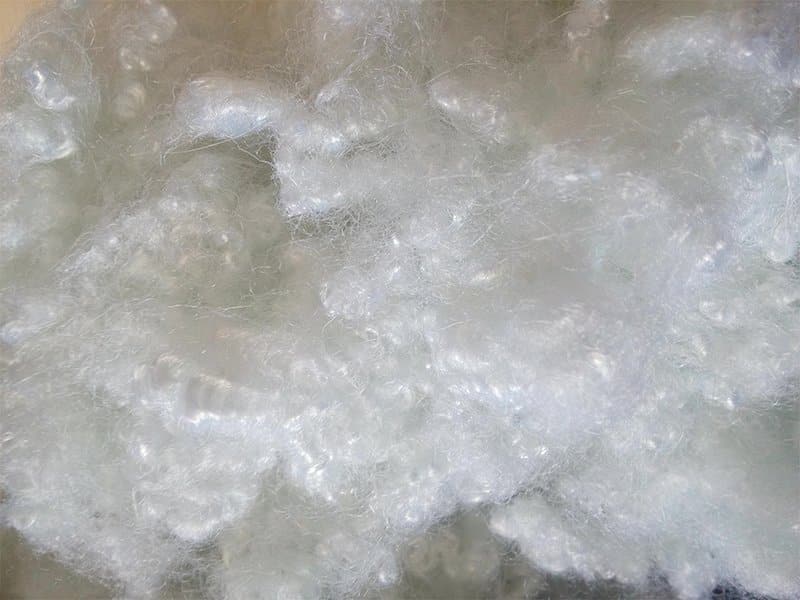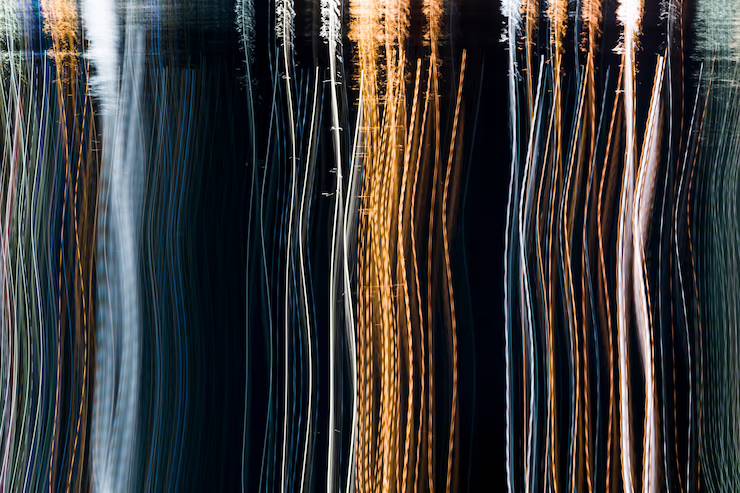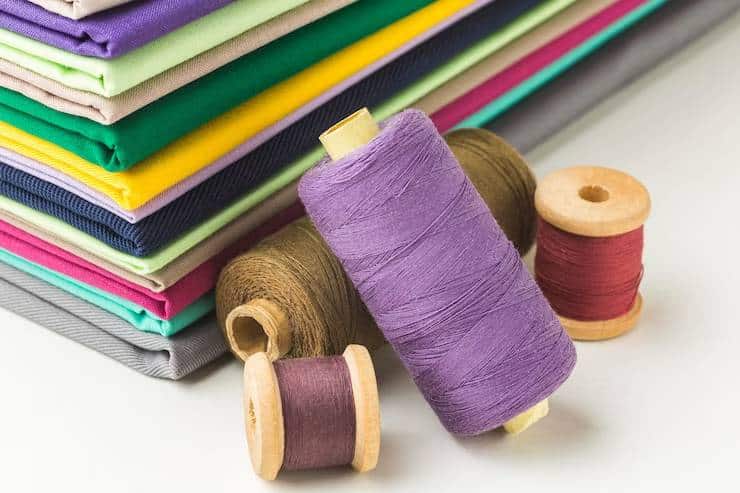
- 09123510964
- Salafchegan Industrial Town - Kaj Street - No. 116
hollow fiber is a chemical fiber, which refers to the fiber with textile properties obtained by the production of spinning dope, using natural or synthetic polymer compounds as raw materials. This filler is a non-woven material with a hollow structure of threads, consisting of polyester. The threads are multidirectional springs with internal cavities sealed on both sides, which helps to retain air in the volume of the material.

All existing synthetic hollow fibers in the world are chemical fibers. Primary processing materials are made from oil, gas, or coal. It is these synthetic polyester fibers that we use in our production. Their single component is such that allows the fiber to quickly restore its shape after crushing, and to have a high resistance to maintain its shape over time. Depending on the final processing, polyester fiber is in the form of balls or solid fluffy fiber. Since these fibers are hollow inside, the air is retained in them, retaining heat and volume. The treatment of the fiber with silicone reduces the friction between the fibers during compression and recovery, which is a guarantee of the durability of the filler, which will not clump into a single mass after a month of operation.

hollow fiber has excellent performance properties such as being lightweight, warm, and able to retain its shape, non-absorbent, quick-drying, and hypoallergenic. This fiber is widely used in textile, bedding, and furniture production.
hollow fibers with a selectively permeable wall are currently a promising material for the manufacture of fiber membranes, which are used in many processes where it is necessary to use compact filter elements. The advantage of membranes made of hollow fibers is the low cost and environmental friendliness of their manufacturing technology, as well as the fact that filtration elements made of hollow fiber membranes are less clogged and easier to clean, their design is simple and does not require special maintenance conditions.
Hollow fiber membranes have since become widely used in water treatment, desalination, cell culture, medicine, and tissue engineering. Most commercial hollow fiber membranes are packaged in cartridges that can be used to separate various liquids and gases.
There is a special role for different chemical fibers, which find application in many fields of science, technology, and industry. They can easily compete, and sometimes even surpass natural materials in terms of consumer qualities. The most popular among synthetic fillers, which are used for the production of textile products, is hollow fiber.
Fibers are the basis of all modern fabrics and materials. They differ in chemical composition, properties, and structure.
The method of manufacture, or rather the method of processing raw materials, largely determines the type of polyester fiber.
Hollow fiber is widely used in the spinning, and weaving of non-woven fabric, and is mainly used for fiber filling in pillows and sofas. This product is mainly classified as hard fiber. Polyester Staple Fiber (PSF) is lightweight, wrinkle-free and light and weather resistant, and can withstand extreme climatic conditions.
Depending on the type of polyester raw materials, two grades of hollow fiber can be distinguished:
Virgin fibers are made from pure polyester. It is a soft, lightweight, and hypoallergenic material. There are no restrictions on use and suitable for children’s clothing and toys.
Virgin hollow fibers are made from petroleum and can be harmful to the environment, while recycled fibers are more environmentally friendly.
Recycled hollow fibers are produced from recycled materials. They have more rigid and dense material and the color is from light gray to brown. Recycled hollow fibers are suitable for technical purposes.
Recycled polyester staple fiber HCS 7D 64mm (abbreviated as PSF) is obtained by spinning, stretching, and cutting PET obtained by melt polymerization of PTA and ethylene glycol. It is used for spinning and making geotextiles, and for filling pillows, toys, rugs, etc. e Virgin fibers are used in PTA and recycled fibers in PET.
The raw material for the creation of hollow fibers is polyethylene terephthalate tetra plastic using a method called extrusion.
There are fibers both from 100% polyester and mixed variations. The addition of polyester to the composition of virgin fibers allows you to achieve unique qualities, such as wrinkle resistance or increased wear resistance. Especially often polyester is mixed with cotton or wool. Many modern manufacturers also create options from a mixture of polyester with other synthetic materials: polyamide, elastane, or spandex. The amount of polyester can be completely different.
Depending on the proportion of primary granules and PET waste, we divide the following grades of recycled fibers:






Pet and polyester production group of Tondgooyan Lif Qom in 2018 in Qom city and by setting up a recycling line for mineral water bottles and producing Perk Pet using fully automatic washing lines and porcelain mill as the first automatic washing line in Qom province. started The aim of the company was to invest in the polymer recycling industry and turn it into a valuable product
All rights are reserved for Tondgooyan Lif Industrial Group
Designed and developed by Caspian Business Clinic